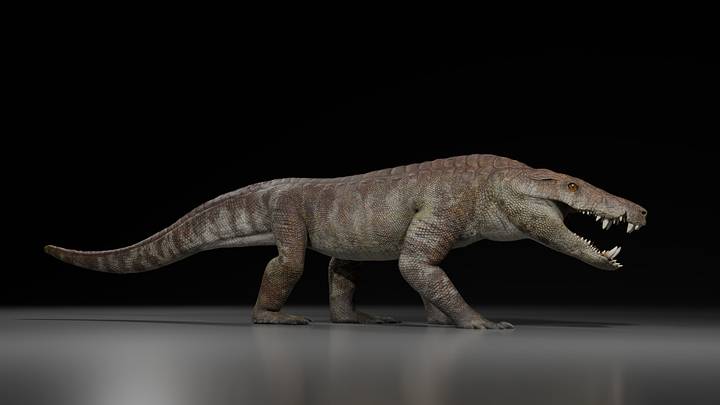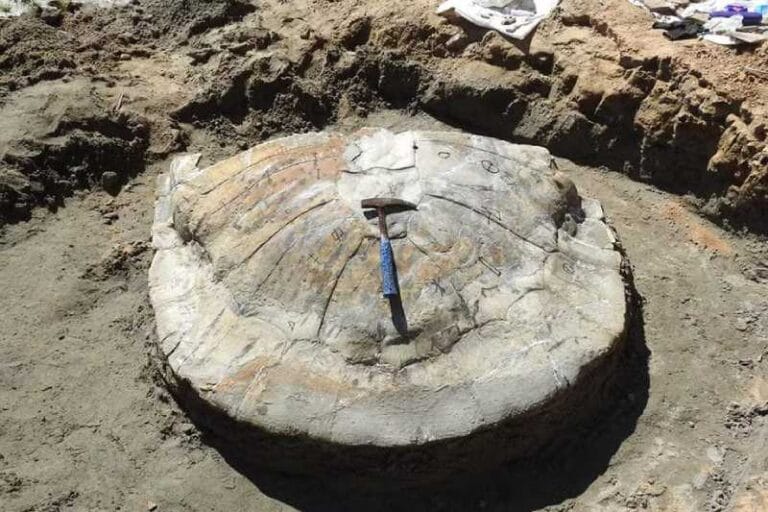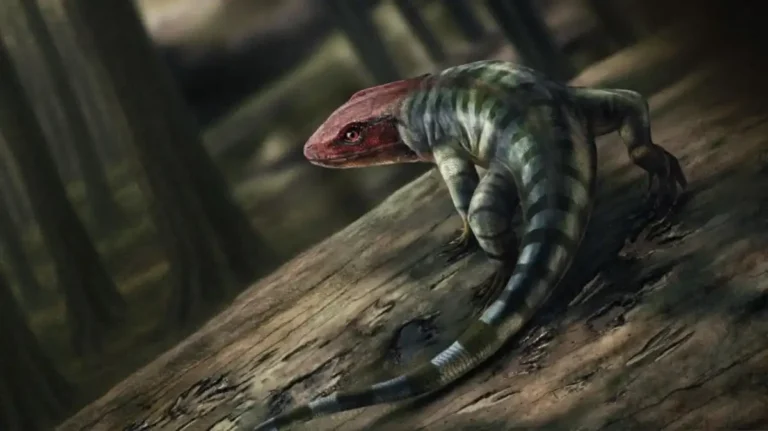Carcass of extinct woolly rhino found in Russia
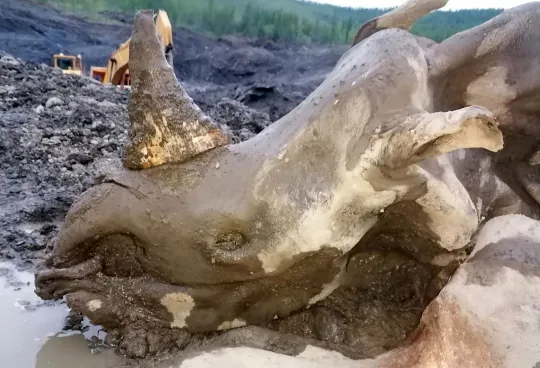
An impressive discovery was made in the Republic of Sakha, Russia, when miners found a mummified carcass of a woolly rhinoceros (Coelodonta antiquitatis). The find occurred while they were excavating a quarry for gold mining. The carcass was found in a remarkably preserved state, with its horns and soft tissues still intact, due to the extreme permafrost conditions in the region.
On August 2, photos of the remains were shared on Russian social networks, especially Telegram. Researchers from the North-Eastern Federal University (NEFU), located in Yakutsk, visited the site to recover the horn and begin studies. Anatoly Nikolaev, rector of NEFU, said in a statement: “This is a truly unique discovery that will allow us to study the history of the region, its ancient fauna, climate and geological conditions in more depth.” The rest of the carcass will be excavated in the coming months, according to a translated statement from the NEFU.
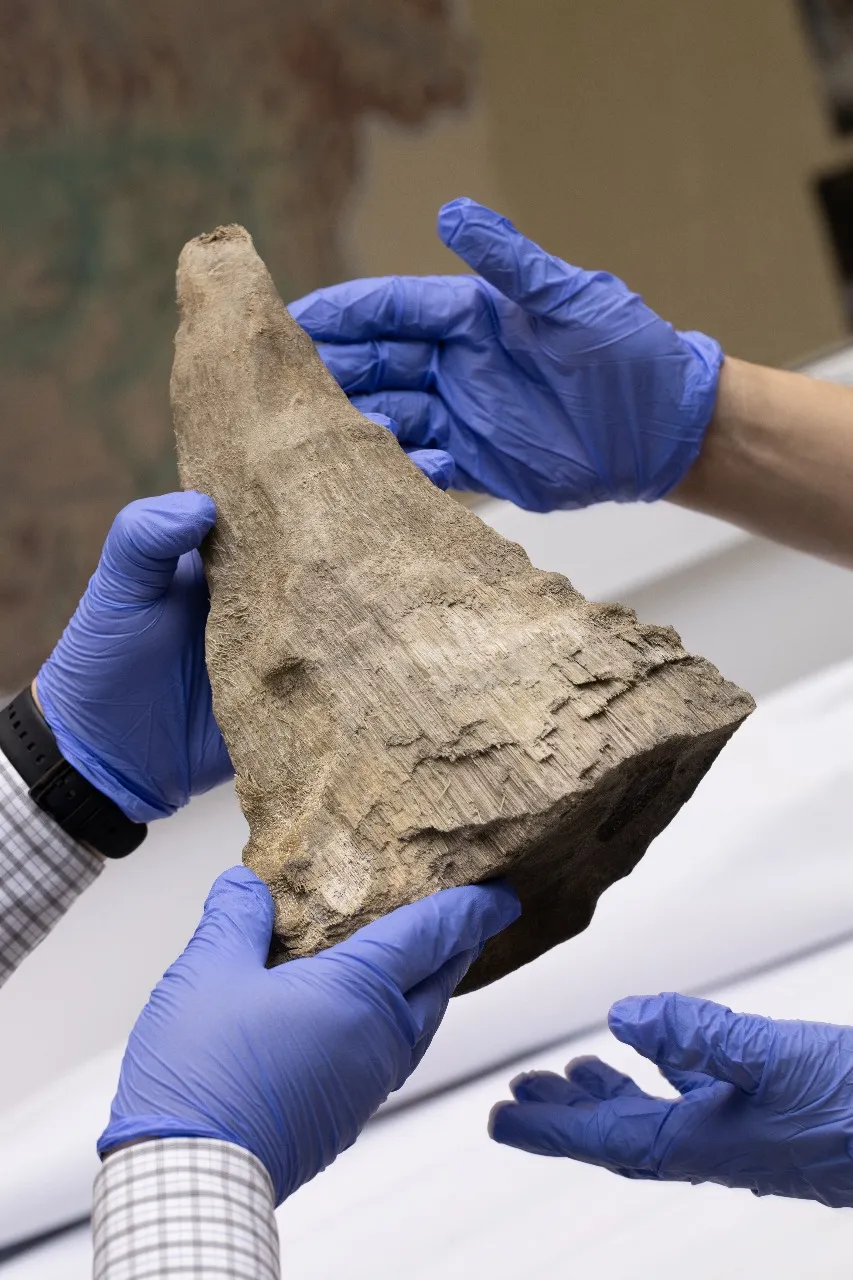
Siberia’s permafrost is known for its ideal conditions for preserving ancient remains. The extreme cold mummifies the bodies, dehydrating soft tissues and preserving them as a frozen “time capsule”. The presence of soft tissue is rare and provides a better insight into the life and environment of ice age animals.

Maxim Cheprasov, senior researcher and head of the laboratory at NEFU’s Mammoth Museum, commented: “Until today, there had been no such rare find in the Mammoth Museum’s collection.” He also pointed out: “In NEFU’s modern history, this is the first discovery of its kind.”
Woolly rhinos roamed the Earth during the Pleistocene, which lasted from 2.6 million to 11,700 years ago, and first appeared around 300,000 years ago in Eurasia. With the end of the last ice age, their distribution area shrank significantly, and they came to inhabit only parts of Siberia. They became extinct around 10,000 years ago due to climate change, the retreat of the ice age and human hunting.

Other preserved specimens have been found in the region, such as the famous Dima, a baby mammoth discovered in 1977 in Magadan. At the time, Dima was the only fully preserved mammoth known to science, which highlights the importance of discoveries in the area.

The discovery of the woolly rhinoceros raises questions about the possibility of bringing these extinct species back to life. Scientists have been studying gene editing as a way of reversing extinction, although this idea is controversial due to ethics and the lack of suitable habitat for these animals on modern Earth.

Denis Petrov, a researcher at the Russian Academy of Sciences, told Russian media: “Any discovery of fragments of mummified bodies of representatives of the mammoth complex is a unique material for a wide range of studies that will allow us to obtain new information about the individual development of animals, their diet and living conditions.” He expressed the hope that the discovery was made by responsible citizens who will pass it on to scientists.
The miners who found the carcass were surprised and delighted to realize the importance of the find. The discovery is part of a growing interest in studying Ice Age megafauna, as demonstrated by previous NEFU projects, including the necropsy of a 44,000-year-old mummified wolf. The woolly rhinoceros represents a crucial example of how preservation in permafrost can provide valuable information about the Earth’s past and the lives of prehistoric animals.

